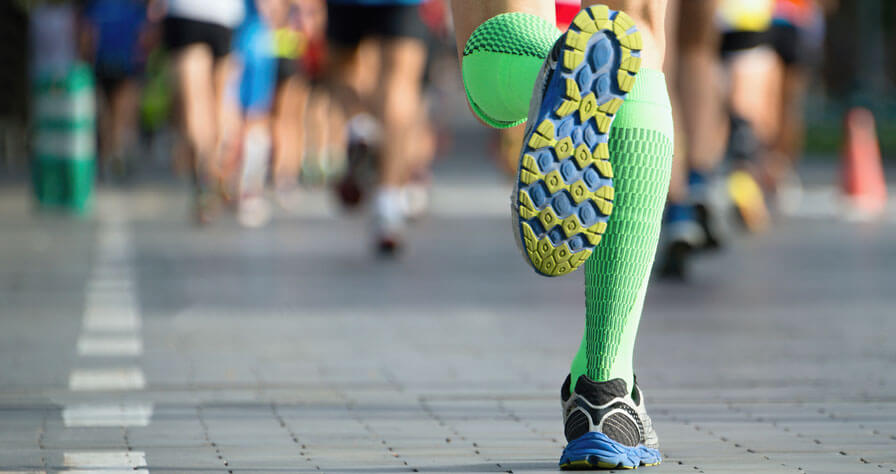Recovery Process for Endurance Athletes

The recovery process for athletes is crucial to performing at your greatest potential. Rest and recovery are typically overlooked and under applied when athletes are training. Rest is easy to implement as is simply getting enough sleep, and it is important to schedule breaks between your workout days. Recovery consists of techniques to assist your body while it repairs. This can include stretching and hydration. Recovery isn’t focused only on muscle repair. In fact, it also includes hormonal balances, mental state and nervous system repair.
Muscles are the fastest to recover because they have direct blood flow. Our tendons, ligaments and bones take longer because their blood supply is indirect. When we don’t allow full recovery for these parts, we encounter over-training stress.
Here are 6 tips on properly recovering from endurance training.
- Sleep – Getting enough sleep will enhance endurance performance. It is also crucial to giving your body enough restorative sleep time. Restorative sleep is the third stage of the sleeping process, which is associated with stabilizing human growth hormone and overall physical bodily restoration. On the day of an intense workout, eight to ten hours of sleep is recommended. Giving your body enough time to recover will improve the quality of your workout without the risk of injury.
- Hydration – Keeping hydrated is essential during any strenuous exercise, but it is also critical during recovery. Water helps our bodies to function correctly, such as more efficient nutrient absorption, improved skin tone and lower levels of stress on the heart. The suggested water intake to stay hydrated while exercising is seven to ten ounces for every 20 minutes your workout and eight ounces of water no more than 30 minutes after you finished.
- Nutrition – The food we choose to ingest can make us stronger or be toxic. For instance, alcohol and processed foods are harmful to our bodies. Eating clean and balanced meals keep the body strong and increase overall performance. Some good after workout foods to eat are eggs, Greek yogurt, bananas and dried fruit and nuts. Moderation is the key to striking a balance between being healthy and still enjoying life.
- Posture – Americans neglect good posture. We are also the number one country in the world when it comes to who sits the most, and this contributes to bad posture. To improve posture and help your body recover, find a tennis ball for your chair, placing it between the middle of your back and the chair. Also, avoid leaning while standing.
- Stretching – To reduce pain from exercise, it is critical to stretch because it improves your flexibility. Professionals suggest dynamic stretching (i.e. lunges and arm swings) prior to your workout, and static stretching (i.e. trunk rotation and hamstring stretch) during your cool-down.
- Massages – It may not be practical or within your budget to get a professional massage every time you finish a vigorous exercise routine, but there are other options available. For example, foam rollers and tennis balls are good alternatives when self-massaging. This is accomplished by adding pressure to tight muscle spots and rolling out the pain, which is a form of stretching. Trainers even suggest applying wash cloths soaked in ice cold water to accelerate the recovery process and prevent your body from waking up sore and tight the following day. Massage the worked muscles for approximately 10 minutes with the wash cloth.
With the right amount of sleep, hydration and other recovery techniques, your body will be able to perform at high levels of endurance. Remember not to push yourself in any way that could cause injuries.
Learn about Baptist Health Sports Medicine and the services we offer.



